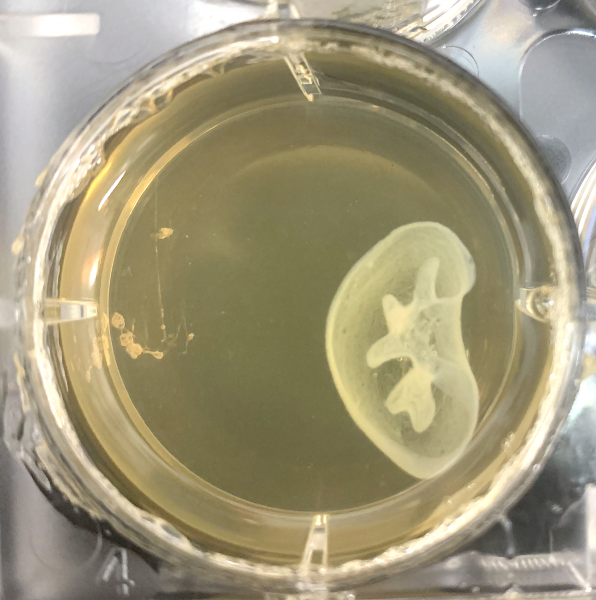
Sodium Alginate Guide
Introduction Sodium alginate is a polymer present in brown algae (Phaeophyceae) cellular walls which is the main commercial source of this biomaterial. In general, alginates consist of L-guluronate (G) and

Introduction Sodium alginate is a polymer present in brown algae (Phaeophyceae) cellular walls which is the main commercial source of this biomaterial. In general, alginates consist of L-guluronate (G) and
Allevi bioprinters use pneumatic extrusion to push bioinks from syringes onto build surfaces. The compressed air that provides the pressure for this extrusion is therefore a key component of the
The Allevi Software features a built-in slicer so you can turn your STL files into g-codes for bioprinting. Below, you can find illustrations of the slicer infill patterns currently available.
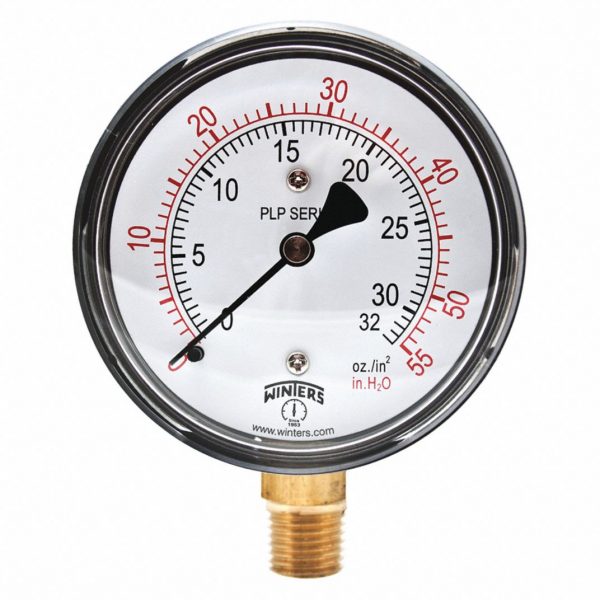
The pressure you supply to an extruder is one of the most important parameters in pneumatic extrusion bioprinting. As such, you’ll probably want to change your pressure settings a great
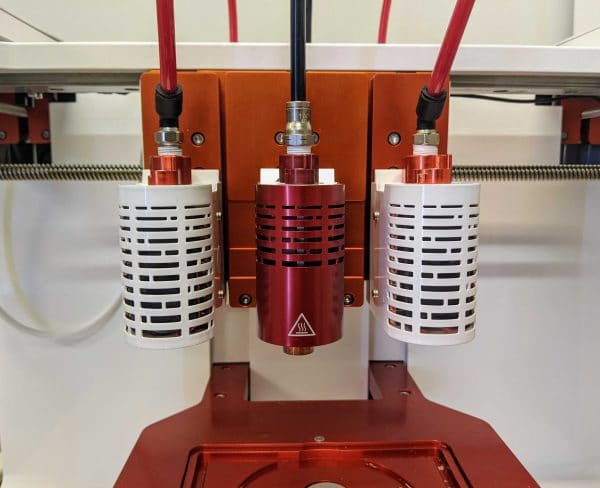
Things are starting to heat up! The High Temp Print Head pushes your Allevi bioprinter to the next level with a new max temperature of 255°C! Warning When in use,
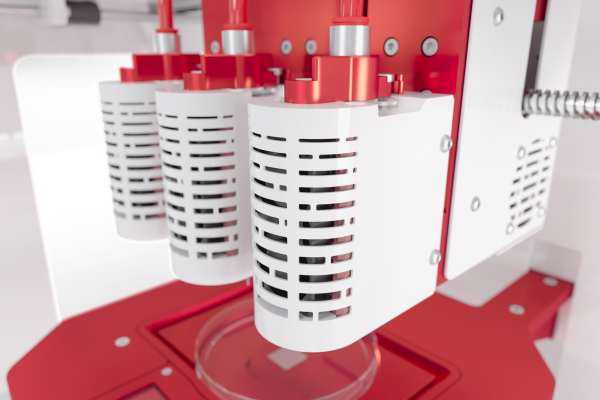
The Allevi CORE Print Head is the most powerful bioprinting extruder in the world, offering the widest set of features which enables you to print with nearly any biomaterial. Technical
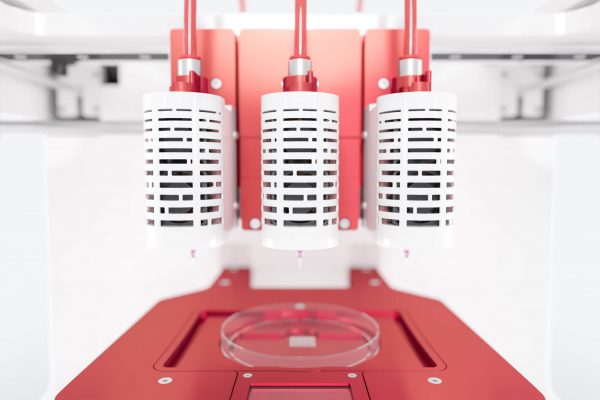
If you are using an Allevi 1 or an Allevi 3, you may want to alter your printer’s autocalibration settings. Resetting Autocalibration Height First, connect to your printer using the
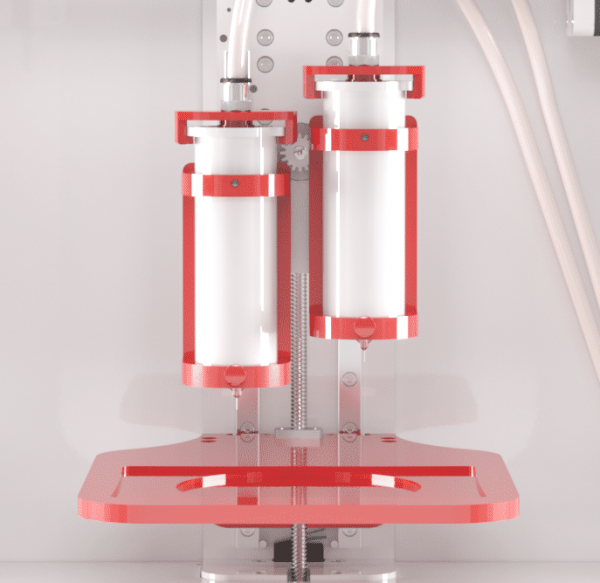
Through regular use, the rack and pinion connection between your Allevi 2’s extruders can become misaligned. This can result in clicking noises, extruders jumping, and inaccurate Z-coordinates. You can follow
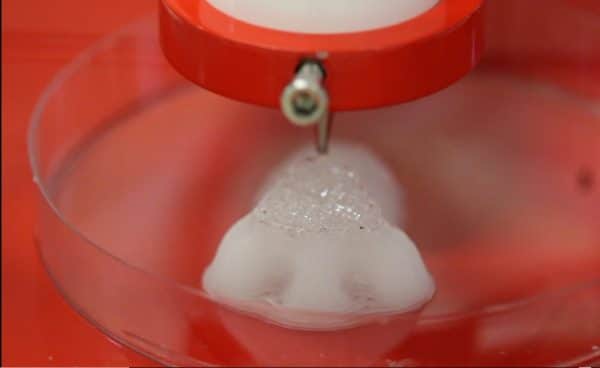
Polycaprolactone (PCL) is a popular bioprinting material because it offers the advantages of a hard plastic while remaining biocompatible and biodegradable. Although it is commonly used, bioprinting PCL can be
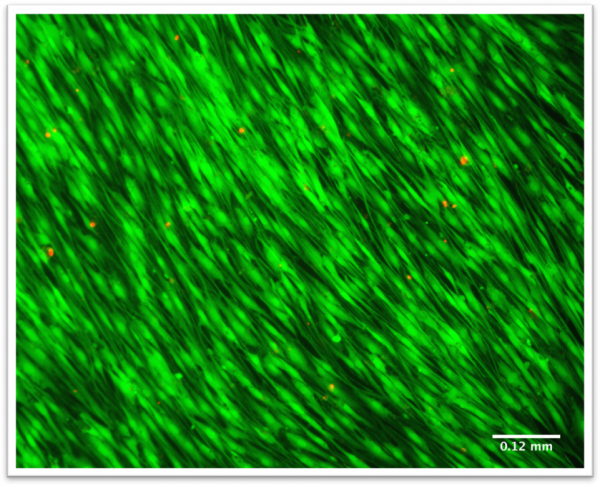
To choose the right cell density for bioprinting, you first need to consider your application and the final assays you would like to perform. This article will help you decide

Having a level bedplate is key for getting clean, repeatable 3D bioprints. But, over time, you may find that you need to re-level your bedplate. This guide will instruct you

Calibrating your printer can be tricky. That’s why Allevi introduced autocalibration for Allevi 1’s and Allevi 3’s. First the printer gets finds itself in X and then in Y. after